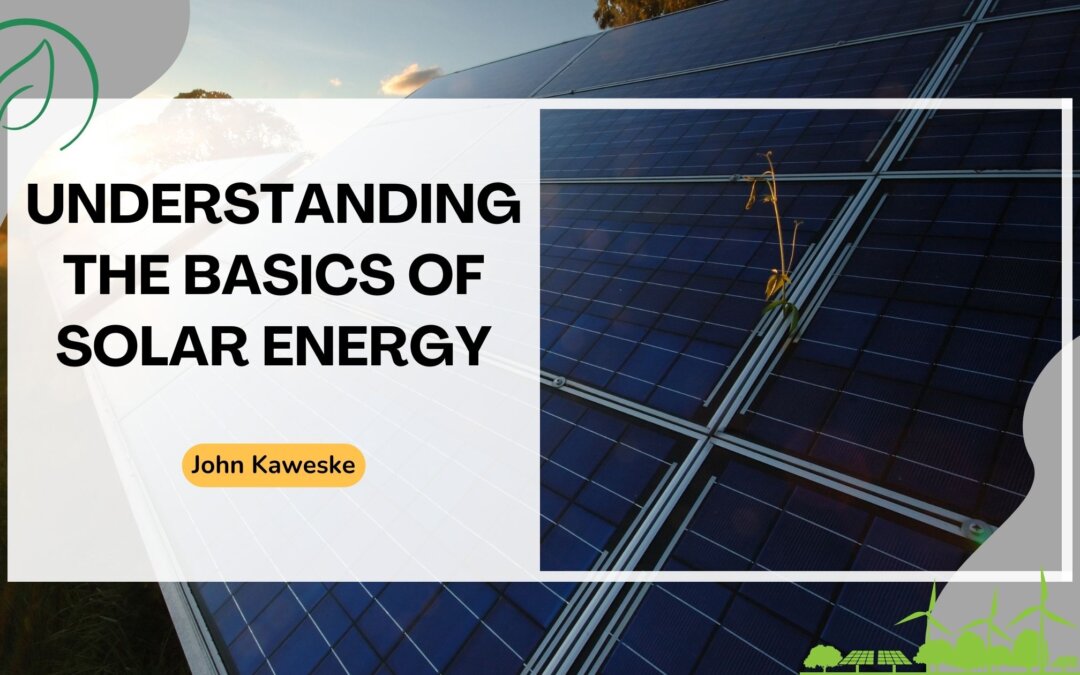Solar energy, a renewable and sustainable power source, is harnessed from the sun’s rays and converted into usable electricity or heat. Understanding the basics of solar energy is crucial in grasping its potential as an alternative energy solution.
Here are the key concepts that underpin solar energy:
Solar Radiation:
The sun emits vast amounts of energy in the form of solar radiation. This energy travels through space and reaches the Earth through sunlight. Solar radiation is made up of tiny packets of energy called photons.
Photovoltaic Effect:
The photovoltaic effect is how certain materials, known as semiconductors, can convert solar energy into electricity. When photons from sunlight strike a photovoltaic (PV) cell, they excite the electrons in the semiconductor material, generating an electric current.
Solar Panels:
Solar panels, or PV panels, comprise multiple connected PV cells. They are the primary component of a solar energy system and are designed to capture and convert sunlight into electricity.
Types of Solar Panels:
Several types of solar panels exist, including monocrystalline, polycrystalline, and thin film. Monocrystalline panels are made from a single crystal structure, making them more efficient and expensive. Polycrystalline panels are made from multiple crystals, and thin-film panels are less efficient but more flexible and less expensive.
Solar Inverters:
The electricity generated by solar panels is in direct current (DC) form, but most homes and businesses use alternating current (AC). Solar inverters convert the DC electricity from solar panels into AC electricity suitable for household and grid use.
Solar Energy Storage:
Solar energy can be stored in batteries or through grid-tied systems. Batteries allow for energy storage, ensuring power availability during cloudy days or at night. Grid-tied systems allow excess solar energy to be fed back into the grid, earning credits or reducing electricity bills.
Solar Thermal Energy:
Besides photovoltaic panels that generate electricity, solar energy can also be used for solar thermal applications. Solar thermal systems capture sunlight and convert it into heat, which can be used for water heating, space heating, or power generation.
Solar Energy Advantages:
Solar energy offers several advantages, including being renewable, sustainable, and environmentally friendly. It reduces reliance on fossil fuels, decreases greenhouse gas emissions, and helps combat climate change.
Solar Energy Challenges:
While solar energy is a promising renewable resource, it faces some challenges, solar panels require a substantial upfront investment, and their efficiency can be affected by shading, weather conditions, and panel orientation.
Solar Energy Applications:
Solar energy is utilized in various applications, including residential, commercial, and industrial electricity generation, rural electrification projects, and remote installations and satellites.
Solar energy is a clean, abundant, and sustainable resource with significant potential to address global energy challenges and transition toward a more environmentally friendly future. Understanding the basics of solar energy, from the photovoltaic effect to solar panel technologies and energy storage, is essential in appreciating its role as a renewable energy solution.

